If it can't reduce the need for a bezel to house sensors and circuitry for iPhone and Mac displays, Apple is investigating how it can make them look much smaller.
There's a reason why we don't have true edge to edge displays on devices from the Apple Watch to the Mac. Although different display technology allows for different-sized bezels, they all still require control circuitry or sensors to be arranged around the screen.
Apple seemingly does not have an answer for actually creating displays without any bezels. But it does now have a system that it proposes would make it look to the user as if the bezels were at least much smaller than they really are.
"Optical System and Method to Mimic Zero-Border Display," is a newly-revealed patent application about this. Its six credited inventors include Apple's vice president of hardware engineering, John Ternus.
"Electronic displays typically include a border around the display [which] may be utilized to conceal, for example, drive circuitry used to operate the display," says the patent application. "However, use of this border reduces the overall visible space available to display images."
Apple proposes "a system that increases the overall usable space for a display by reducing the impact of borders around the display." The patent application's 7,000 words cover multiple slight variations on this system, but at their core they all consist of the same two ideas.
First, the border or bezel area could be covered by a passive part of the display. It may not respond to touch or have all of the features of the main display, but a "light pipe" could route parts of an image to this area.
"The light pipe may function to transport or distribute light from the pixel array across, for example, the drive circuitry area... to generate a perceived active area," continues Apple.
Second, the pixels in this region could be spaced further apart than on the rest of the display. This would make it possible to have display pixels without covering up all of what Apple refers to as the "drive circuitry."
"In this manner the pixel pitch (i.e., the distance between pixels) at the border area... is increased relative to the pixel pitch of the pixels in the active area," says Apple. "That is, red, green, and blue pixels are interspersed drive circuitry elements."
As well as Ternus, the patent application's credited inventors include Paul Stephen Drzaic. His previous work includes a patent relating to creating an extra display area which would remain visible when a folding device was closed.
 William Gallagher
William Gallagher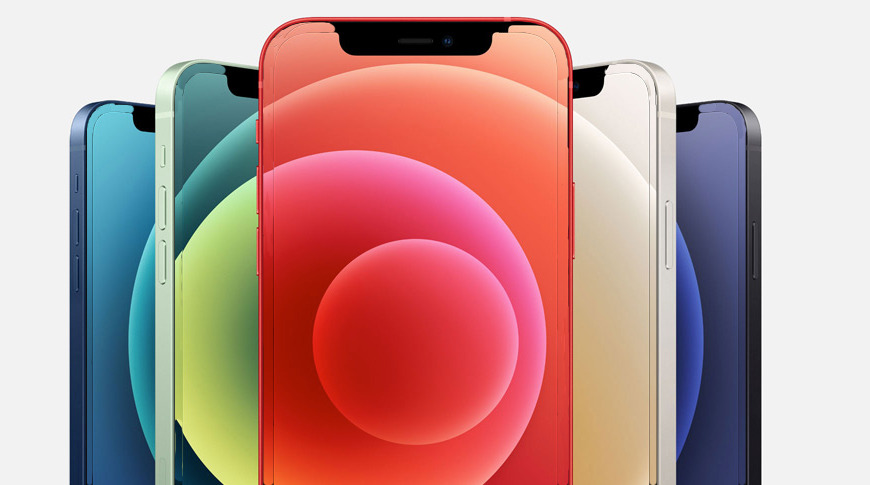
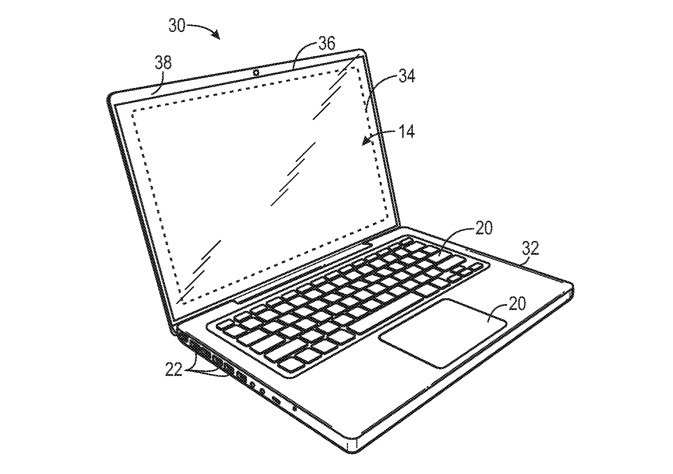

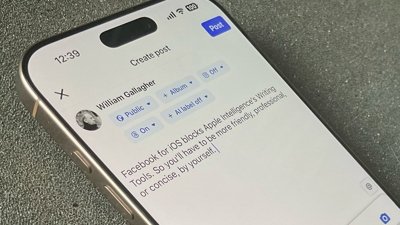
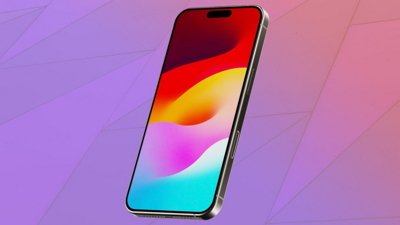
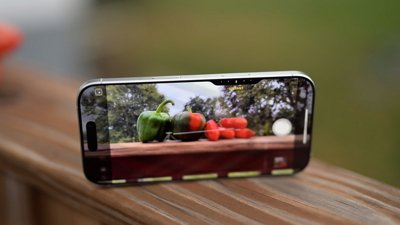
 Andrew O'Hara
Andrew O'Hara
 Wesley Hilliard
Wesley Hilliard

 Malcolm Owen
Malcolm Owen
 Marko Zivkovic
Marko Zivkovic
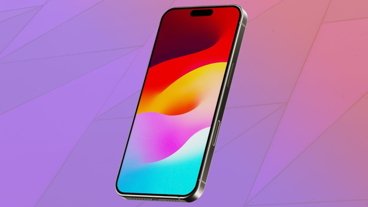



-m.jpg)




1 Comment
Gotta be honest with you guys. I have no idea what this is actually inventing or proposing. Less dense dpi displays at the edge so that drive circuitry can still live there? I don’t get it. Most touch detection can even be done from a standalone clear touch sensor. I believe apple uses the flattened display and sensor tech into one panel for slim thin panels and cost benefits, but have no idea how this is really done today.